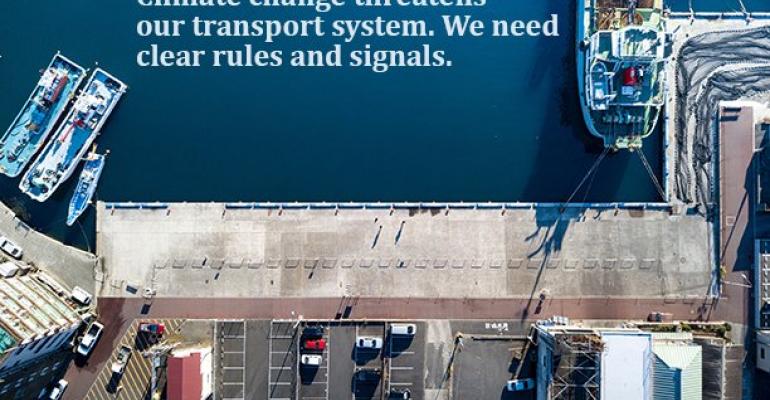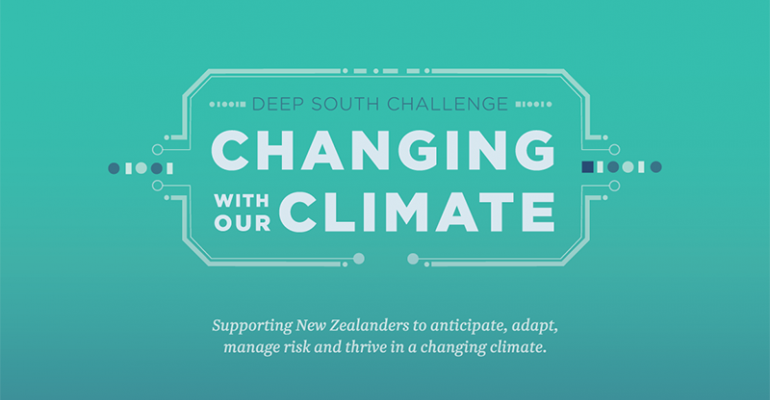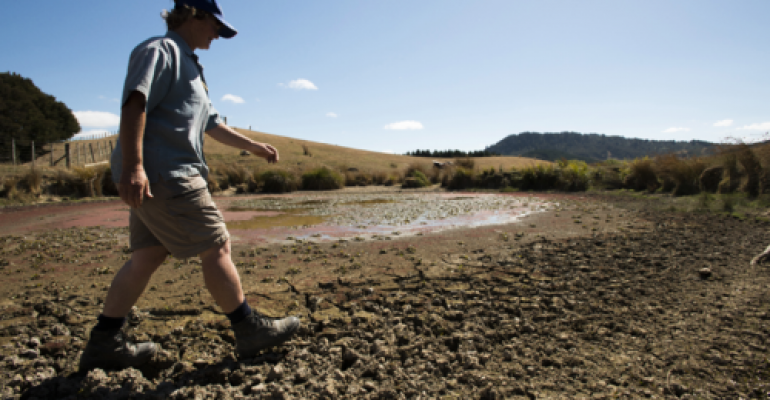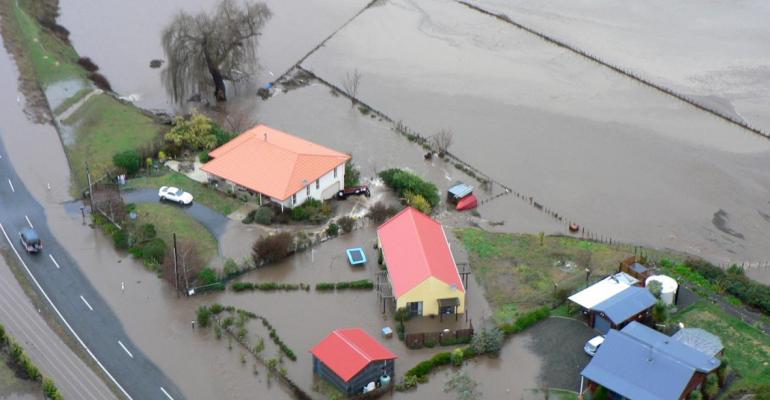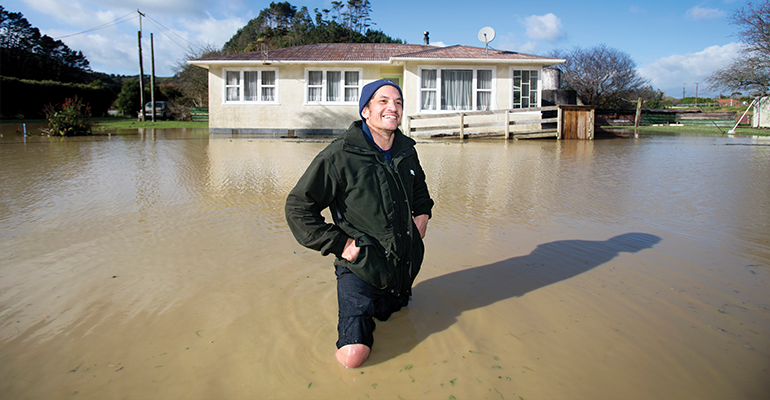
A full suite of research papers has just been released looking at the broad question of liability for damage caused by sea level rise. The reports are the work of legal researcher Catherine Iorns (Victoria University of Wellington), whose Deep South Challenge project “Sea level rise, housing and insurance: Liability and compensation” arose from a 2017 “Deep South Dialogue” between researchers, the insurance sector and local and central government.
Iorns’ research examines the range of possible options available to local, regional and national government to adapt to climate change, and the question of who might be responsible for costs. Residential housing is an important focus, in light of the likely uninsurability of some coastal properties due to the increasing coastal hazards faced from sea-level rise and climate change.
A brief summary of the reports, all available in full here, follows.
Case Studies on Insurance and Compensation after Natural Disasters
This paper considers some examples of where financial risks to property have fallen both in New Zealand and overseas as a result of some natural disasters, particularly flooding. Pre-existing schemes are important for discussing possible future policy responses as they are and how they could be adapted for new and different natural hazards. This paper examines ways that risk, damage, cost and liability currently fall under different schemes. Private insurance, state supported insurance, the Public Works Act 1981 and council liability could be used to share losses of value and utility of land. Each of them has weaknesses.
However, they could be used, adapted and/or combined to create a framework to deal with loss of value and utility of land due to sea-level rise. If any government subsidy scheme were to be adopted, it would need to avoid the problems of previous compensation schemes here and overseas, and be carefully designed to enable people to assess and manage the risks to their homes and communities fairly. What is fair won’t be determined by analysis of what is currently legal, but needs to be the subject of a wider discussion.
Adaptation to Sea-Level Rise: Local Government Liability Issues
This report addresses the legal framework surrounding local government responsibilities to adapt to the coastal hazards associated with the sea-level rise from climate change. Significant work has already been done in this area, including a legal opinion from Simpson Grierson for LGNZ, and other academic work on individual elements of the legal framework. This paper tries to pull these together and summarise aspects that are relevant for the potential future actions necessary, including:
- general considerations in climate adaptation measures, including relevant values, the precautionary principle, and direction and guidance on coastal hazards from central government
- new developments – the prevention of them or placing conditions on development
- coastal protection works in hazardous coastal areas
- managed retreat, particularly the difficulties within the current legal rules and ways that it may be able to be undertaken
- existing residential use rights and how these might be modified under a Regional Plan
- the use of acquisition and information instruments
- liability in negligence for council consenting decisions.
Sea-level rise and local government: Policy gaps and opportunities
This paper identifies some barriers, gaps and opportunities in the legal and policy options available to local government when managing the effects of sea-level rise due to climate change, and outlines the challenges facing local government in adapting to sea-level rise and climate change. Work undertaken to inform the paper includes research, engagement, and policy analysis over a two-year period, with findings tested in a survey of local authorities with coastal interface (territorial authorities) or whose authority included coastal marine areas (regional and unitary councils).
The most prominent message from this work is the desire for more commitment and involvement from central government. Territorial authorities in particular are seeking a stronger lead, such as legislative reform, clearer and more directive policy, clarification of responsibilities, guidance on the use of particular adaptation tools that currently exist, and a national environmental standard on coastal hazard management. Such direction is seen as critical not only to achieve a nationally consistent approach but also simply to achieve the adoption of appropriate climate adaptation measures.
The extent of EQC liability for damage from sea-level rise
This paper considers the extent to which damage from storm surges, flooding and landslips associated with sea-level rise is covered by insurance against natural disaster provided under the Earthquake Commission Act 1993 (the Act) administered by the Earthquake Commission (EQC).
Treaty of Waitangi duties relevant to adaptation to coastal hazards from sea-level rise
Māori communities are likely to be severely affected by sea level rise, with many rural Maori communities situated along the coast. Where communities have limited economic power and access to finance, and little or no insurance cover, effective policy options for uninsurable Māori housing are critical. This paper was released to the public in the second half of 2019.

